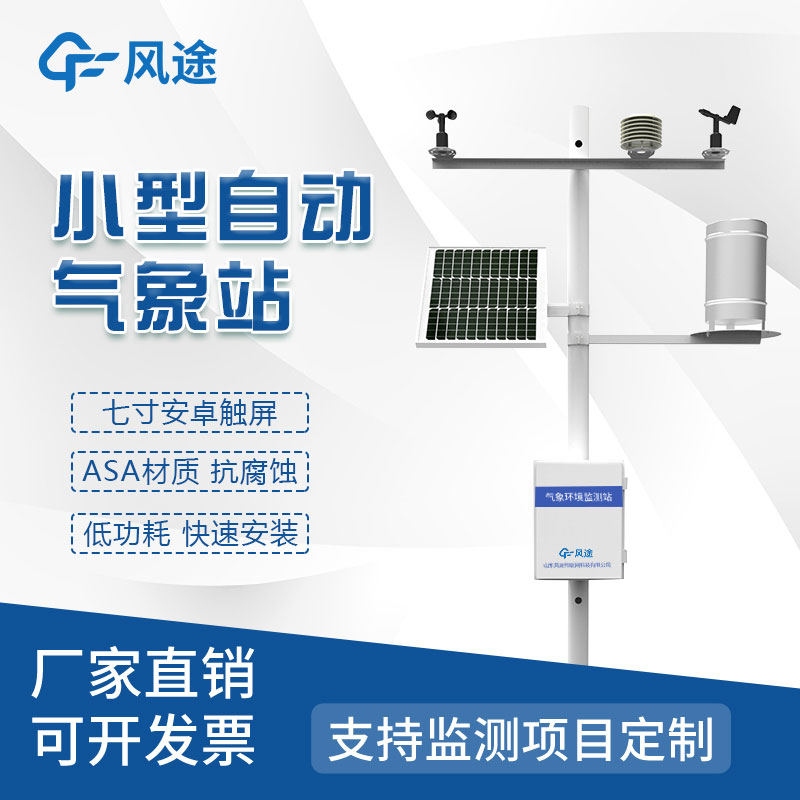Meteorological environment monitoring equipment supplier
Insist on doing high-precision customer favorite technology products
Integrated meteorological monitoring station is a kind of advanced equipment that integrates various meteorological sensors and data acquisition systems. It can collect and record meteorological data in real time and accurately, and provide key weather information for all walks of life. This article will introduce the functions, advantages and applications of the integrated meteorological monitoring station in different fields.
The integrated meteorological monitoring station has multiple functions, including but not limited to measuring temperature, humidity, barometric pressure, wind speed, wind direction, and precipitation. By integrating multiple sensors and combining advanced data acquisition and processing technologies, the monitoring stations are able to precisely collect these meteorological parameters and present and record the data in a visual manner. Here are some of the main advantages of integrated weather stations
1. Accurate and reliable: The integrated meteorological monitoring station uses high-precision sensors and advanced data processing algorithms to provide accurate and reliable meteorological data. Whether it is a change in temperature, a rise and fall in humidity, a change in wind speed or a measurement of precipitation, the monitoring stations are able to capture and provide accurate results in real time.
2. Real-time monitoring: The monitoring station can collect and update meteorological data in real time, and display the information in an intuitive and understandable way. Users can access the current weather conditions at any time, anywhere, via a display, mobile device or Internet access. This is important for applications such as weather warning, environmental monitoring, agricultural production and wind energy utilization.
3. Intelligent data management: The integrated meteorological monitoring station has intelligent data management function, which can analyze and store the collected data, and provide historical data query and trend analysis. This helps users better understand the trend of meteorological change and make long-term planning and forecasting.
4. Multi-field applications: Integrated meteorological monitoring stations have a wide range of applications in various fields. In agriculture, it can help farmers rationally arrange crop planting, fertilization and irrigation, and improve agricultural production efficiency. In terms of environmental protection, monitoring stations can assess atmospheric quality and monitor meteorological pollutants, which is of great significance to environmental protection and climate change research. In addition, the monitoring stations can also be applied in construction engineering, transportation, aerospace and other fields to provide key information about meteorological conditions.
In short, the integrated meteorological monitoring station is an efficient and intelligent weather observation and data management solution. It can collect meteorological data accurately and in real time, and provide application value in many fields.
